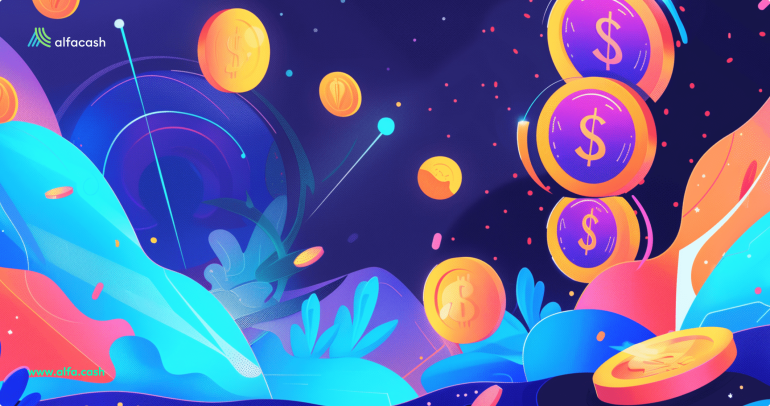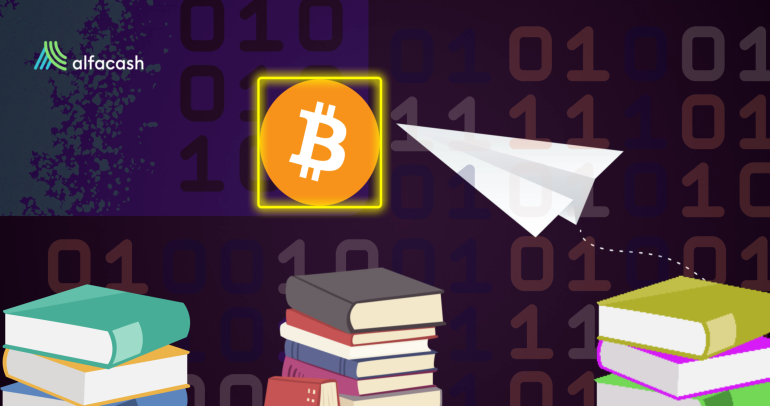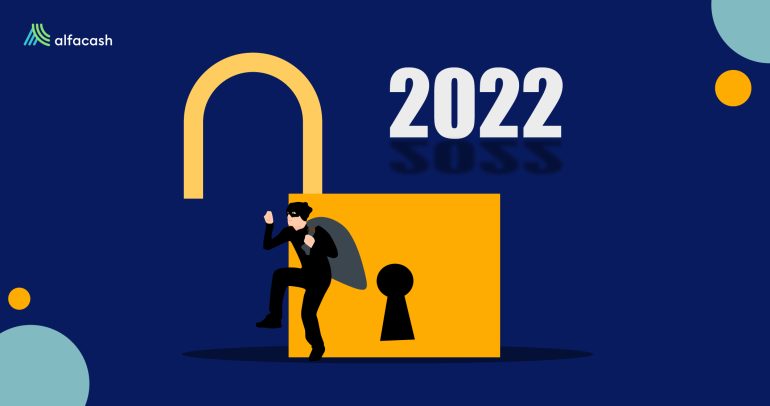Non-fungible tokens (NFTs) are resonating very loud lately. A lot of artists, celebrities, and even companies already have their own NFTs, which are, in simple terms, collectible and thematic tokens. As if a Pokemon card had a baby with a cryptocurrencyA digital currency running on a blockchain and built with cryptography. Contrary to central-bank issued currency, cryptocurrency issuance rules are... More, more or less.
But let’s start here with the word “fungible”. Basically, it means that an object (digital or physical) is spendable because it doesn’t work only by itself. The money, any kind of it, is a great example. Maybe you have two dollars, and maybe you can exchange them for one hamburger. If your friend has also two dollars, he can exchange them for another hamburger, or for your two dollars, because it’s all the same.
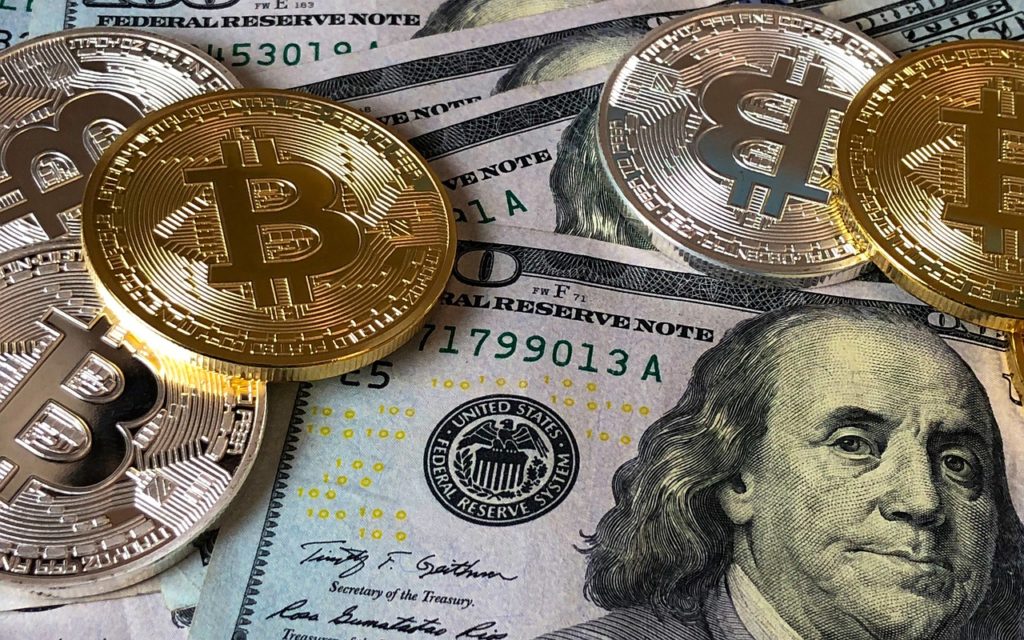
The dollars are fungible: every unit is the same as the other, and every unit (or units) is exchangeable for more useful or desirable stuff. Like one hamburger. Or a videogame, or a house, or a painting by Picasso (if you have enough). Bitcoin (BTC) and other cryptocurrencies work exactly like dollars because they’re fungible. Now, NFTs are built with the same technology, but they aren’t spendable (fungible) at all.
They would be the painting by Picasso (or another artist) in a digital version, for example. They’re unique digital items with a subjective and variable price, desirable for collectors. NFTs are cryptocurrencies, kind of, but they’re not money. Instead, they work as definitive proof of uniqueness and ownership. It’s a new type of art.
What makes NFTs valuable?
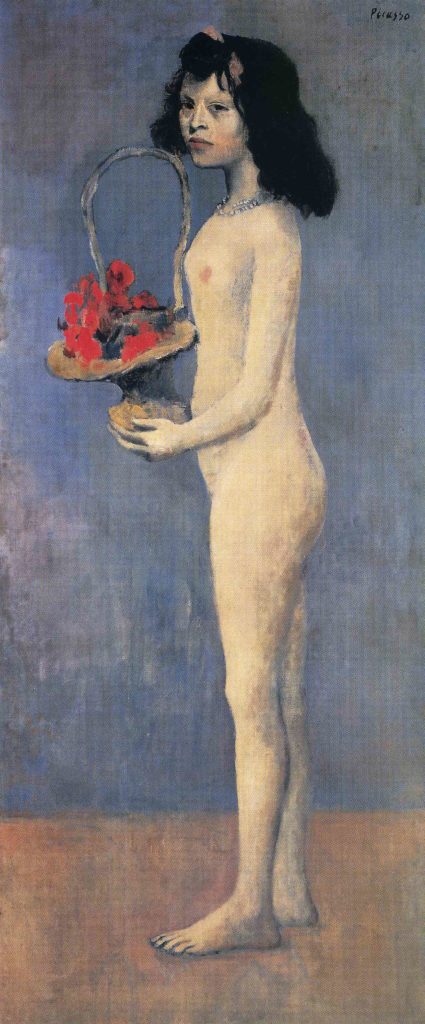
Let’s back to Picasso here for a moment. To one painting in particular: “Fillette à la corbeille fleurie” (Young Girl with a Flower Basket, 1905). This painting was sold for $115m to the collector David Nahmad in 2018. As you may see now, we can copy a photo/image of it just right here. You can appreciate it.
And not only you: everyone with Internet can see it with a single search. They can even print the image and hang it in their living room if they want to. So, why Nahmad would pay millions for an image that belongs to the eyes of everyone? Probably you already know the answer, right?
It’s because we don’t have the “original” painting, we only have access to digital or physical copies. We don’t have the very thing that was painted more than a century ago by a legendary (and dead) painter. Its value is always subjective: some may think that “Fillette à la corbeille fleurie” don’t worth more than the paintings and canvas used, while others would pay more than $115m to have it. The artworld is like that.
NFTs aren’t different. Look at the image below now. It’s a digital composition by the artist Beeple, dubbed “Everydays: the first 5000 days”. He registered it as an NFT, and, last month, it was sold for over $69m at Christie’s (the same auction house that sold “Young Girl with a Flower Basket”, by the way).

Ok, but, the owner only has a worthless digital copy, right?
In the case of the Picasso’s, Nahmad (the owner) has the unique physical object that we all can’t have. That’s why it’s so valuable, right? However, in the case of the Beeple’s, the owner, who paid over $69m for this merely digital composition, what do they have? Don’t they have the same worthless digital copy as all of us?
That’s the trick of NFTs and why everybody is so eager to have them. NFTs provide proof of uniqueness and ownership within digital objects that we couldn’t imagine having before. The artwork is registered on a blockchain in the form of a one-of-a-kind token that can’t be spent, divided, or copied. The owner of it only can buy it, store it and sell it (often for a higher price), as it would do with a painting in the physical world.
Only that NFTs can be more than paintings. They’re digital, after all. So, the possibilities are almost endless: tweets, gifs, songs, cats, punks, virtual lands, cards, memes. You can see copies of them, but there will be only one owner of the “original”. Behind the curtains of the work by itself, an NFT looks like this on a blockchain.

And, well, we already talked about the owners, but there’s something to say about the artists yet. Before NFTs, digital art was very hard to sell in the best of cases. Now, this tech provides an additional layer for the creators: royalties. The owner may have the NFT but doesn’t have the copyright of the work per se. So, in several cases, every time a work is sold, a percentage of it goes automatically to the artist’s walletA crypto wallet is a user-friendly software or hardware used to manage private keys. There are software wallets for desktop... More. Cool, right? Picasso didn’t have that.
What artists/celebrities/companies already have NFTs?
The answer is very long here. According to Coinranking, there are around 567,156 NFTs with a trading volume of over $94m in the last 30 days —only in decentralized markets, which excludes things on Christie’s and similar.
Markets like Nifty Gateway (nifty/nifties is another way to call NFTs) count over 2,000 works that vary from $200 to millions. Meanwhile, the bids at OpenSea can start with a couple of dollars (in cryptocurrencies). Popular games and collectibles are CryptoKitties, CryptoPunks, Sorare, Decentraland, Gods Unchained, Spells of Genesis, RarePepe, Rarible, and many more.
As for the artists and celebrities involved so far, we can mention Chris Torres (Nyan Cat’s creator), Mike Shinoda (Linkin Park), Andrea Bonaceto (along with Sophia the Robot), Lindsay Lohan, Kings of Leon, Jack Dorsey, Elon Musk, Paris Hilton, Grimes, 3LAU, Steve Aoki, Shawn Mendes and an awful lot of athletes and sports teams. Only the platform Sorare has 126 football clubs licensed with their own unique digital cards (NFTs).
How to issue, buy and sell NFTs?
You don’t need to be a developer to create your own NFT and listing it almost for free in a marketplace. This doesn’t mean that your newborn NFT has some actual value, but you can do it anyway. The potential investors will appreciate works of art, exclusive benefits in a business, and unique things in general.

The first step is to pick a blockchainBlockchain is a type of database storing an immutable set of data, verifiable to anyone with access to it —through... and a platform. Ethereum is still the most popular, and markets like OpenSea, Rarible, and Mintable let you connect your ETH wallet and send your creations to transform them into NFTs. In other markets, like Nifty Gateway and Makersplace, the creators need to apply beforehand.
Of course, if you’re indeed a developer and/or want to do it directly, you can check the standards to build NFTs in every blockchain and select one to start from scratch. On Ethereum, we have ERC-721 and ERC-1155, on EOS we have SimpleAssets and dGoods standards, and in Tron is TRC-721. On Counterparty is even easier, with a friendly interface to create custom assets.
Buy and sell is more simple. You just need to connect your wallet to the marketplace you prefer, choose the piece you want and participate in the auction or direct sale. To resell it, you can do it as well in the same market by receiving bids or establishing a price. All this depends, of course, on the type of NFT you want or own.
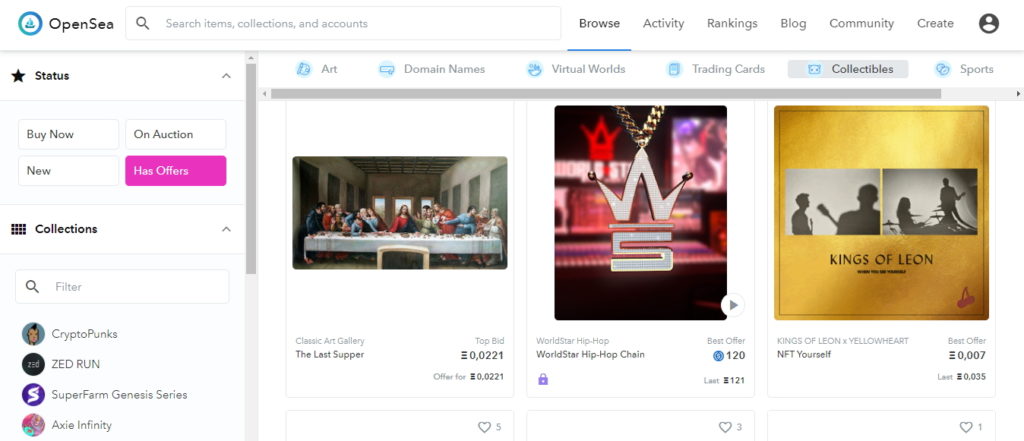
For example, if you want to buy some work by Beeple, you’ll find him in Nifty Gateway. But if you want something by Gabriel Viotto, you’ll find him on Makersplace. You just need to follow your favorite artists to discover their NFTs or explore different marketplaces to find your favorites. You can also wait for more giveaways on Alfacash!
Are NFTs bad for the environment and climate change?
This can be an entire white paper, but we can sum it up a bit. The real answer is that heavily depends on the way the nifties are issued (which also applies to all cryptos). Let’s see: the main argument against NFTs (and some cryptos) is the high use of electricity needed to issue and verify them.
Cryptocurrency mining with the system Proof-of-Work (PoW) uses on purpose a lot of electricity to solve complex mathematical problems before issue new coins. This offers a lot of security to the blockchain networks, but the downside, again, is the high use of energy. If this energy is produced with fossil fuels, that means more contamination to the air and more global warming.
Some alarming reports can mention that Bitcoin (and NFTs) consume more energy than countries like Sweden, Ukraine, or the Netherlands. However, they forget to mention important things like “the amount of electricity consumed every year by always-on but inactive home devices in the USA alone could power the BitcoinBitcoin is the first decentralized digital currency. It was created in 2009, by an anonymous founder or group of founders... More network for 1.5 years”, or the fact that Bitcoin (and probably the whole cryptos) represents only 0.57% of the total electricity production [CBECI by Cambridge].
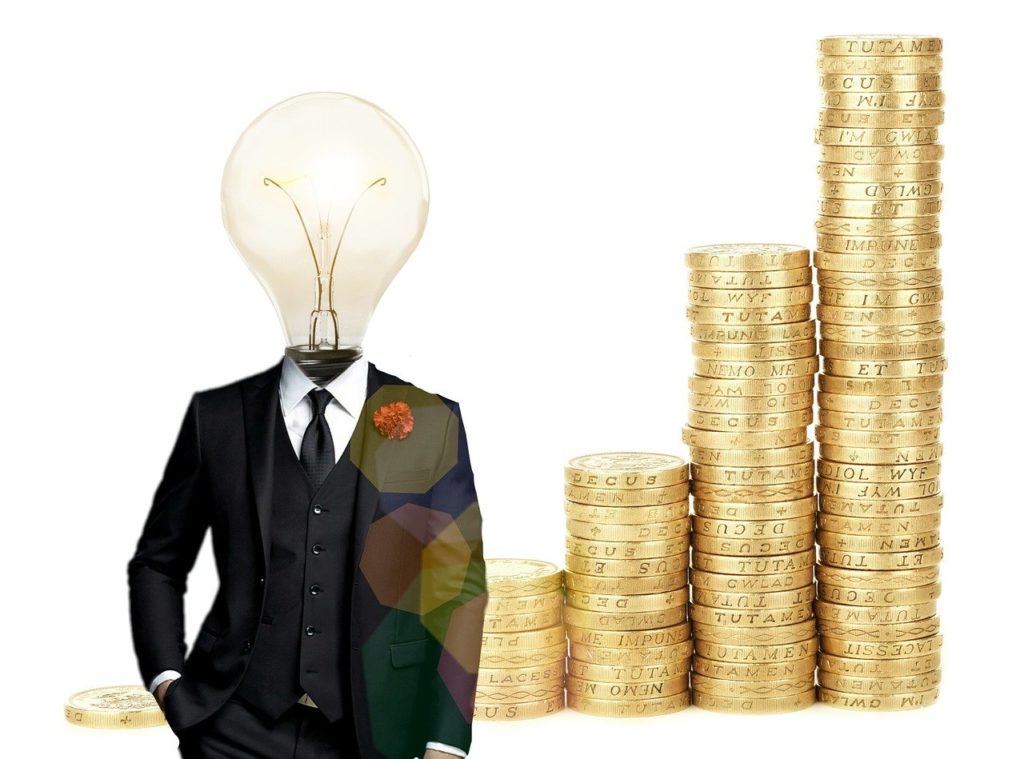
Besides, according to the firm CoinShares, more than 74% of Bitcoin mining uses renewable energy sources, such as hydroelectric, solar, and geothermal. So, in that case, Bitcoin and cryptos (including NFTs) wouldn’t be contaminating. Additionally, we can mention that not all the blockchains issuing NFTs work with PoW systems. EOS, Tron, and soon Ethereum, use Proof-of-Stake (PoS) instead. This system doesn’t require energy to work.
Can I hear songs about NFTs to better understanding?
As you may guess, the answer is yes. Elon Musk made a song about NFTs and he’s selling it as an NFT. But the real funny song specially designed to understand NFTs was made by the team of the show Saturday Night Live (SNL) in the style of Eminem. We can finish with that for now!
Wanna trade Bitcoin and other tokens? You can do it safely on Alfacash! And not forget we’re talking about this and a lot of other things on our social media.
Twitter * Telegram * Facebook * Instagram * Youtube * Vkontakte



